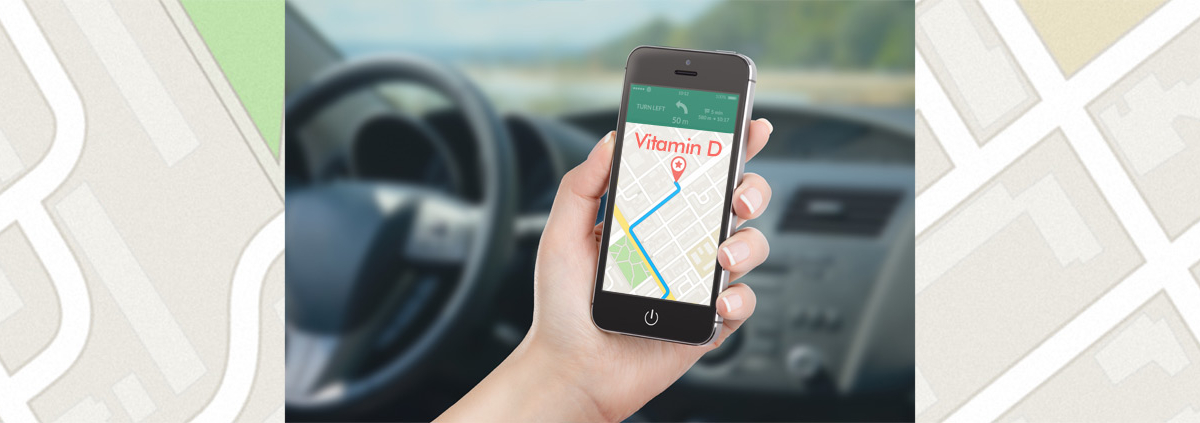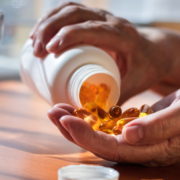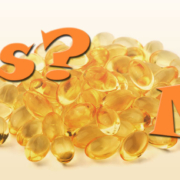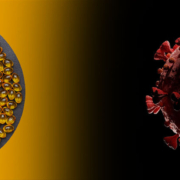Vitamin D: Stay the Course
Let’s finish this look at the recent paper on vitamin D (1). As you could read in Thursday’s Memo, they included some curious studies in their review. Let’s take a look.
Mixed-Purpose Studies
Have you ever eaten leftovers? Sure. Did you take all the different leftovers—the spaghetti, the fried rice, the mashed potatoes and gravy—mix them together in a stew or smoothie, and eat them? Probably not. And that’s the primary problem with this review paper: too many different types of studies.
There were enough papers using very high doses of vitamin D administered orally to the elderly that could have been combined. There certainly were enough studies to use only 800 or 1,000 IUs that could have been combined.
It is not the statistics; it’s the physiology and biochemistry. There’s going to be a difference in how the body utilizes 100,000 IUs at one time versus 1,000 IU every day for 100 days. That has to be acknowledged as a possibility. That it wasn’t illustrates a typical problem in these types of studies.
The Pharmaceutical Model
The real weakness of the studies that were included in this review was that the vitamin D was used as a treatment for a disease rather than as a nutritional supplement. What gets lost in translation is that in several studies where vitamin D was used to address low vitamin D levels in the elderly with and without fractures, there was actual improvement in bone-mineral density.
It begs the question: why would you give astronomical doses to healthy people? That’s what they did in communities of elderly residents. Their intentions were good (they wanted to try to prevent fractures and falls), but it’s a lousy approach. Would you give someone a one-month dose of a blood pressure medication? You could kill them. If you’re going to use a vitamin that has robust uses in the body, you have to respect it. They considered it a nutrient, but used it as a drug.
The only issue that I could find with the high doses of vitamin D is that for some reason, they were associated with an increase in falls. That seems inexplicable to me, but it was a consistent observation at high doses of vitamin D. The only reason I would consider it suspect was that in most studies included in the review paper, people self-reported falls. Still, it was there.
The Bottom Line
The overall problem with this review of vitamin D is that the authors considered only a single factor; bone building is dependent on a variety of nutritional factors that were never considered. Most of all, the great majority of the studies didn’t consider the role of exercise: fewer than five of the 81 studies gave any mention to exercise. In order for bones to grow and recover, they must be stressed on a regular basis. There’s no way to come to the conclusions the authors did without that data.
While researchers looked at only a single factor involving the musculoskeletal system, the immune and nervous systems can still benefit from vitamin D even if bones don’t benefit as much as some supplements promise. Vitamin D has also been shown to help mental health and depression. Some day nutrition research will be done correctly, but it wasn’t served very well by this paper or the studies that were included. I found no reason to stop taking vitamin D as a supplement. In fact, it’s time to increase your dosage as the days get shorter and your sunlight exposure decreases.
What are you prepared to do today?
Dr. Chet
Reference: DOI:https://doi.org/10.1016/S2213-8587(18)30265-1.









